
STORIES
05-05-2021 di redazione
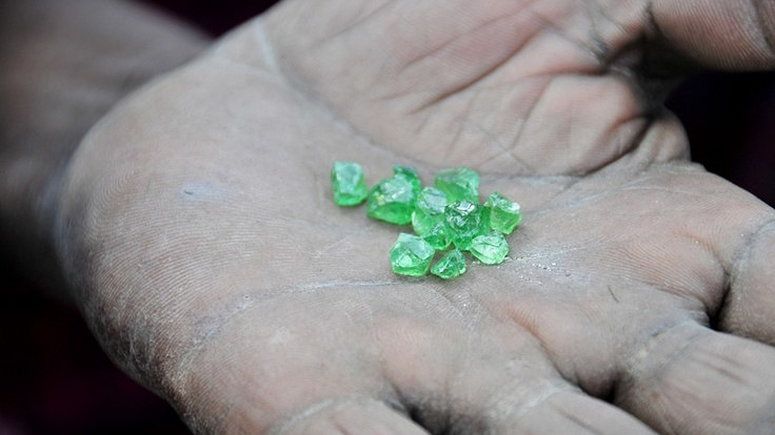
Tsavorite, the green stone named after the Tsavo National Park, was discovered in 1967 by the Scottish geologist Campbell Bridges.
Since then it is more and more famous abroad than in Kenya and Tanzania, the only countries where it is found.
Legend has it that the geologist, who lived in Tanzania and owned a reserve on the Kenyan border, as well as a consultant to Tiffany, was walking in the savannah when a buffalo tried to load it.
For escaping the animal and saving his life, Campbell took shelter in a rocky crack of the ground where, waiting for the buffalo to leave, he discovered a bright green rock.
Intent on saving his own skin and worried about the coming of darkness, he was unable to extract a sample, but remained convinced that he had discovered something very similar to emerald.
Meanwhile, Tanzanian President Nyerere nationalized the reserves and many British citizens were forced to move to nearby Kenya.
It was there that the geologist, resuming his research, discovered a deposit of these precious stones in an impassable area behind the hills of Taita, in the Tsavo Park.
He acquired the land and built a rudimentary tree house to defend himself from the ferocious animals.
From his stories we learn that it was a large python that was guarding him and that in his reserve there were two almost domesticated leopards. Since then the commercialization of the Kenyan stone has begun and other prospectors, driven by possible earnings, have also set out in search of the so-called "green gold".
It was the president of the famous American maison who coined the term "Tsavorite" after a safari in the stone quarrying areas.
Over the years Campbell also resisted attempts to loot by bandits and smugglers, until in 2009, at the age of 71, he was killed in an ambush set up by twenty or so bandits who wanted to exploit his mining concession. Today the extraction of the tsavorite is followed by his son Bruce, but it proceeds with great difficulty, and there are no other areas in the world where this stone is present, and even in Tanzania it seems to be unobtainable. Precisely for this reason its price is constantly rising. Who knows that the new mining laws of Kenya could not develop the research and extraction of Tsavorite.
The peculiarities of Kenyan stone are the brilliant shades of green. Like all other garnets, the Tsavorite has a high refractive index to light. Unlike other stones, it does not need any treatment to make it brighter, it is not heated or even immersed in oil. Its hardness is similar to that of emerald, but it is more resistant to impact. Compared to emerald it is also easier to cut and less prone to accidental damage. Usually the stones are small, it is rare to find rough stones larger than 5 carats.
PLACES
di redazione
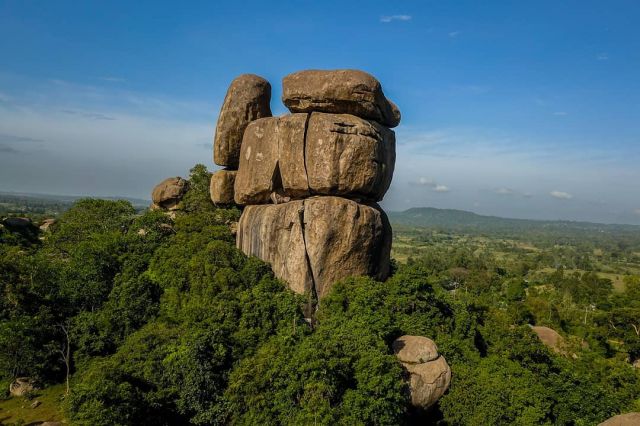
A unique natural monument dominating an enchanting landscape, in an area little frequented by mass tourism in Kenya, but which is becoming a place of .....
PLACES
di redazione
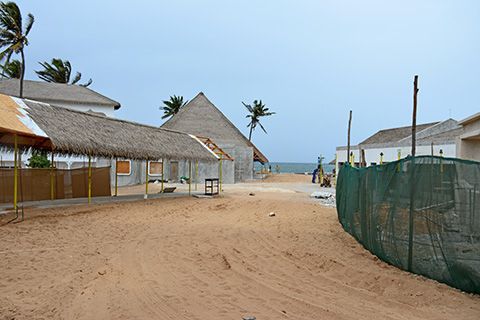
There will also be a bar with the reproduction of Gede's ruins (Gede Coffee Shop) among the wonders of Watamu's new Hemingways.
The luxury beach resort, residence and bar-restaurant has been in restyiling for a year now and is preparing...

The macadamia of Kenya is increasingly coveted and in addition to having many uses, it is becoming a business for those who grow its plant in the Rift Valley.
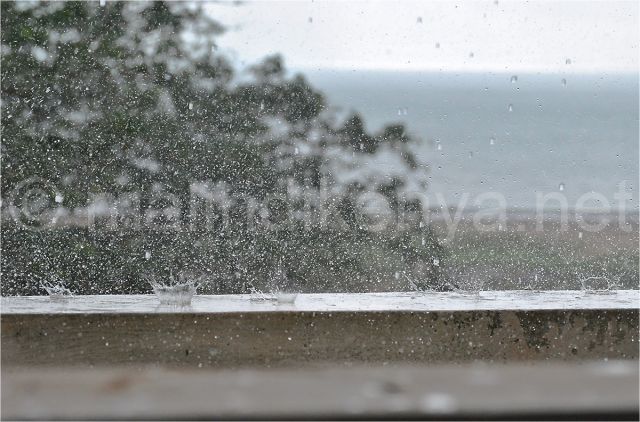
I don't think that Kenyans know the nursery rhyme that my grandmother used to sing to me when I was a child: "it's raining, it's raining, the cat doesn't move, we light the candle, we say good evening..." also because...
HISTORICAL PLACES
di redazione
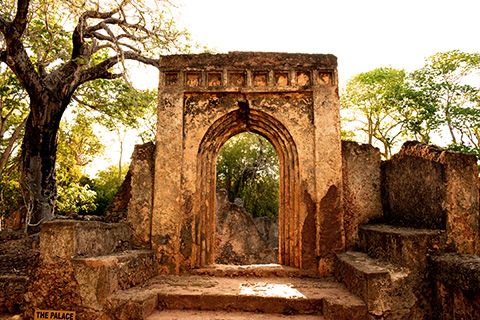
Gede is located between Malindi and Kilifi, in the coastal region of Kenya, 94 km north of the city of Mombasa.
Its ruins tell of historical un'insediamento, one of the oldest in the coastal area of East Africa which has...
PLACES
di redazione
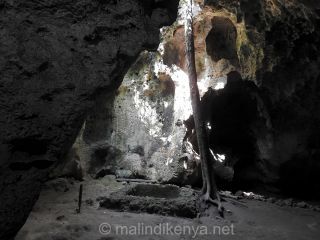
Shimoni in the Swahili language literally means 'place of the cave'.
Often, villages in Kenya are named after the reasons why they were formed or came into being on the edges of roads that began to be trade routes, especially...
PLACES
di redazione
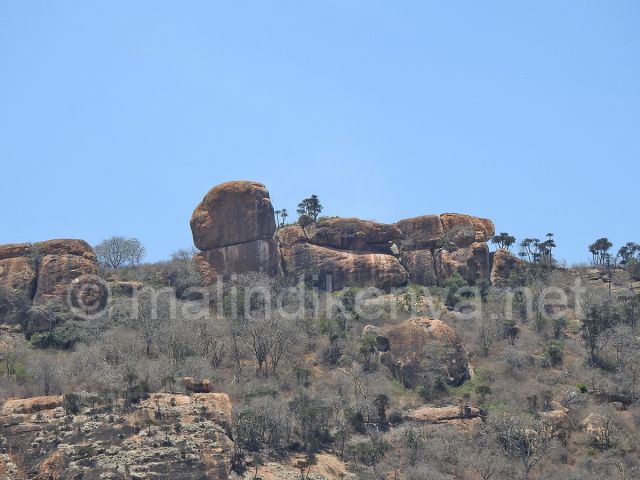
They say that where there are red rocks there is the smell of iron and the stench of sulphur.
And where it smells like sulphur, there is Shetani, the devil.
PLANTS OF KENYA
di redazione
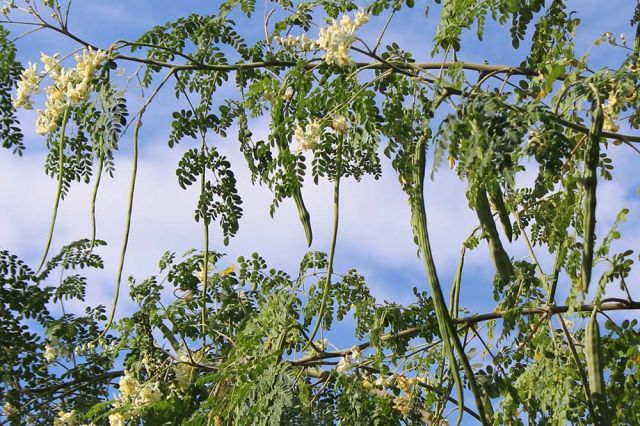
Moringa: the tree of life, the miracle tree or even the immortal plant.
It is a member of the Moringaceae family, of which at least 13 species are known, ranging from...
LEGENDS
di redazione
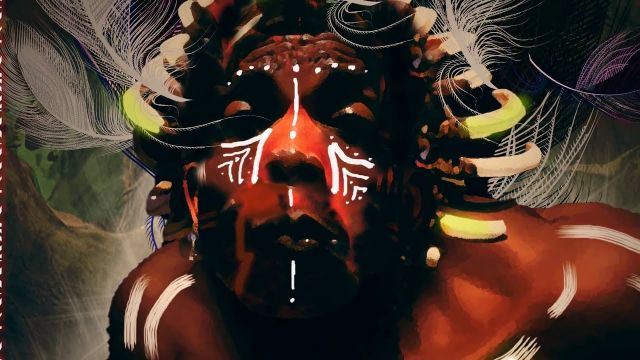
Modern Kenya still lives on legends and revered characters from the past, including sorcerers, traditional healers and seers.
One of the most important and well-known was called Gor Mahia and, although he lived in the nineteenth century, his name is...
NATURE
di redazione
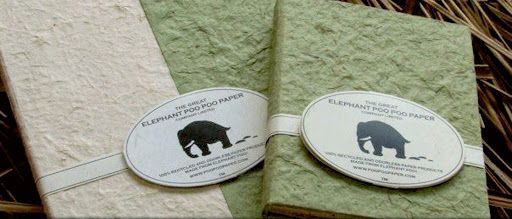
The elephant, as well as a species to be protected for its precious tusks, can increasingly prove to be a friend of man and Nature.
Certainly the biggest, but also the most useful in things you would not expect. A...